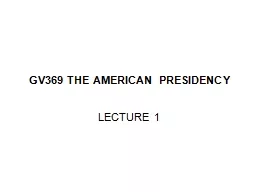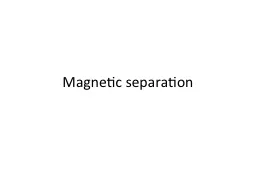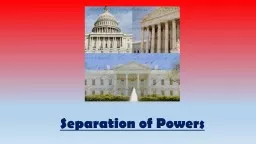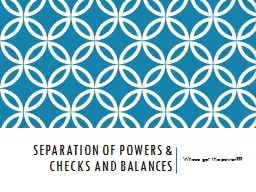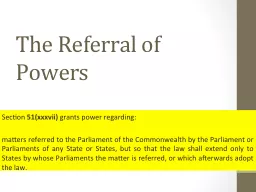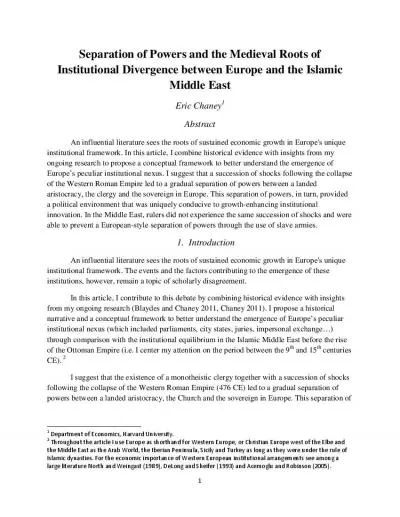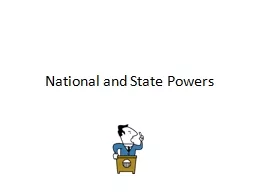PPT-1 State Separation of Powers
Author : lindy-dunigan | Published Date : 2017-06-30
Wooley v State Farm Fire and Cas Ins Co 893 So2d 746 La 2005 2 Background Information Fairness in Adjudications Antiregulatory forces like to attack adjudications
Presentation Embed Code
Download Presentation
Download Presentation The PPT/PDF document "1 State Separation of Powers" is the property of its rightful owner. Permission is granted to download and print the materials on this website for personal, non-commercial use only, and to display it on your personal computer provided you do not modify the materials and that you retain all copyright notices contained in the materials. By downloading content from our website, you accept the terms of this agreement.
1 State Separation of Powers: Transcript
Download Rules Of Document
"1 State Separation of Powers"The content belongs to its owner. You may download and print it for personal use, without modification, and keep all copyright notices. By downloading, you agree to these terms.
Related Documents


